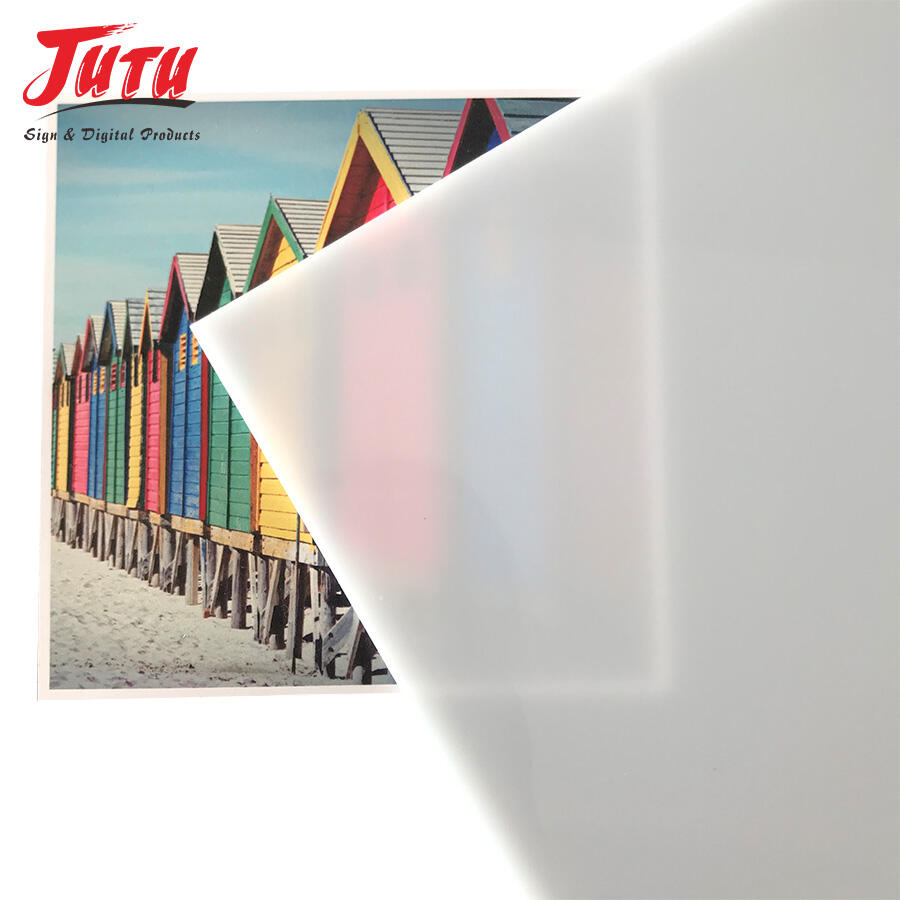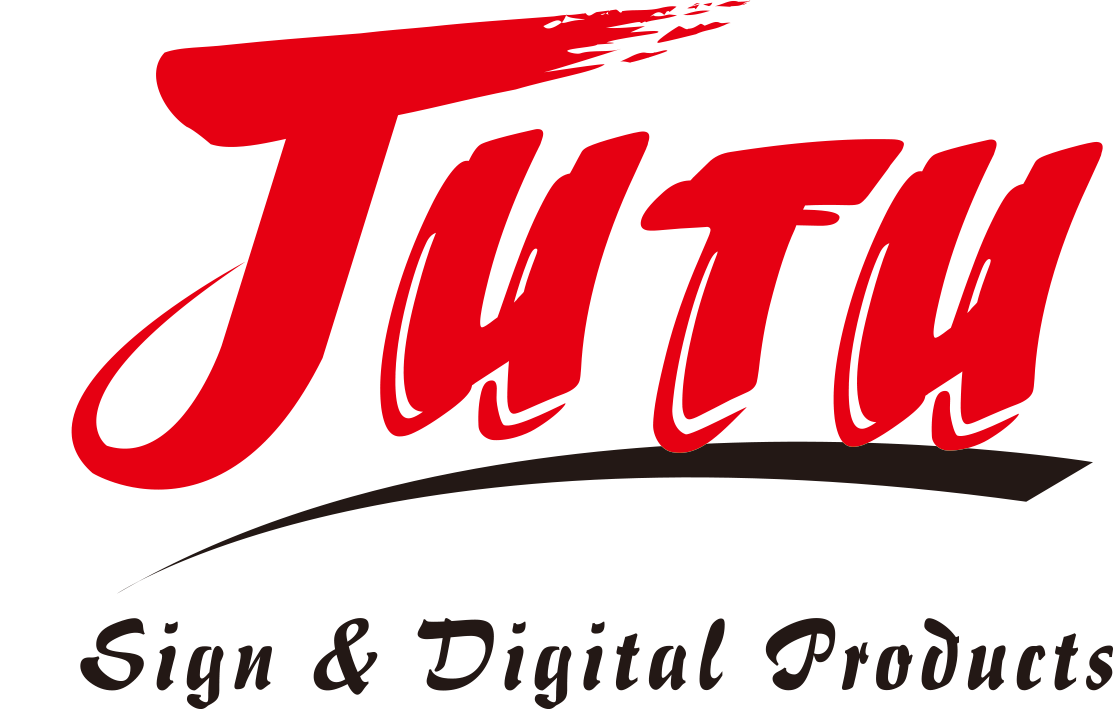The Rise of Acrylic Board Manufacturing
From Niche Material to Industrial Staple
What started as a specialty item has now become a must-have component in many industrial settings when it comes to acrylic boards. Back in the day, these clear plastic sheets mainly showed up in places like store signs, fish tanks, and some household goods. But look what happened over the past ten years! The demand for acrylic sheets just keeps climbing, spreading into all sorts of different sectors. Market analysts expect this trend to keep going strong because nobody can deny how versatile and tough acrylic really is. Construction companies, car manufacturers, and interior designers are especially getting on board with acrylic these days. Why? Well, technology has made these sheets better quality than ever before while bringing down manufacturing expenses at the same time. Plus, they're clearer and stand up better against sunlight damage compared to older alternatives, which makes them an attractive replacement option for lots of businesses looking to upgrade their materials without breaking the bank.
Key Milestones in Acrylic Sheet Production
Acrylic sheet production has gone through quite a few important changes over time that really transformed how we make these materials. The material itself dates back to around 1930 when scientists first started working on it, and ever since, the way we manufacture acrylic has changed a lot. A major breakthrough came with the creation of both cast and extruded acrylic sheets, which offer different benefits depending on what someone needs. Cast acrylic gives excellent clarity and can be shaped almost any way needed, whereas extruded versions tend to be cheaper to produce and maintain uniform thickness throughout. Looking at current developments, things like automation in factories and better ways to check product quality have made a big difference in how acrylic gets made. These improvements mean faster production times and better end products too. Now manufacturers can create acrylic sheets that work well across many industries from signage to medical equipment because they've gotten so much better at controlling every step of the process.
Innovations in Acrylic Board Production
Advanced Casting vs. Extrusion Techniques
The choice between casting and extrusion matters a lot in making acrylic boards, since each technique brings different benefits to the table. With casting, manufacturers pour liquid acrylic into molds until it sets, creating sheets that have excellent clarity and resist scratches pretty well. But this comes at a price tag higher than most alternatives, which is why it makes sense for things like display cases where appearance really counts. Extrusion works differently by forcing melted acrylic through a shaped opening, producing cheaper sheets but not quite as clear or weather resistant as cast ones. Many businesses go this route for signs and similar products where budget constraints matter more than perfect optical quality. The bottom line? Match the manufacturing approach to what the final product actually needs to do, rather than going for one size fits all solutions.
UV-Resistant and Weatherproof Formulations
Getting UV resistance right matters a lot when using acrylic outdoors because it directly affects how long the material will last. Most manufacturers now offer specially formulated acrylics that stand up much better against different weather conditions. Take for instance what happened at a mountain resort where they installed UV resistant acrylic panels on their outdoor structures. Even after years under intense sun at elevation, those panels showed minimal signs of fading or breaking down. What makes this possible? During manufacturing process, companies mix in certain chemical additives that give the acrylic extra protection against sunlight damage. These improvements mean architects and contractors can confidently specify acrylic for exterior projects without worrying about premature deterioration. The fact that acrylic continues to evolve with such practical enhancements speaks volumes about its versatility in tough environmental situations.
Customization Capabilities for Specialty Applications
More businesses are looking for custom acrylic boards these days because different industries have such varied requirements. Manufacturers keep finding new ways to personalize their offerings, from adding color and texture to creating special patterns that fit particular purposes. Take the electronics field for instance, where they often need acrylics that prevent static buildup. Meanwhile shipbuilders want versions that stand up better against moisture. Looking at what's happening in markets right now, there's definitely a surge in demand for these made-to-order acrylic items among companies buying in bulk. The reason? Standard products just don't cut it anymore when businesses need something truly specialized for their operations. We're seeing this across many sectors actually, which speaks volumes about how flexible acrylic can be when adapted properly for different industrial settings.

Comparing Acrylic with Aluminum Composite Panels
Durability: Acrylic vs. ACM Composite Panels
Looking at how long acrylic boards hold up against aluminum composite panels (ACM) involves checking a few different aspects. Acrylic stands out because it resists impacts pretty well and doesn't get damaged by moisture, which makes it good choice for places where those things matter most. On the other side of the equation, ACM panels have built a reputation for standing strong structurally and holding up under tough weather conditions, which means they tend to last longer overall. Most field tests actually point to ACM being tougher than acrylic when used outside, especially after years of exposure to elements like rain and sun. While some lab reports say acrylic can sit around for 20 or 30 years inside buildings without much wear, real world experience shows ACM panels usually outlast them in areas with temperature changes and humidity fluctuations, thanks largely to the way they're constructed from multiple layers working together.
Aesthetic Flexibility Across Materials
Acrylic boards give designers a lot of creative freedom, something that really shows when they're used for things like eye-catching displays or detailed architectural models. The way acrylic looks clear and bright often beats out ACM panels too, particularly when projects need good visibility or lots of light passing through them. Many architects I've spoken to love how these boards can take on wild shapes while still holding up structurally. On the flip side, aluminum composite panels have this cool metal look that works great for modern spaces where people want something clean and subtle without being too flashy.
Cost-Efficiency in Long-Term Applications
Looking at cost efficiency means weighing what we spend initially against what we save later on. Acrylic boards tend to be cheaper when first purchased compared to ACM panels, so they attract people working within tight budgets. But wait there's another side to this story. ACM panels last longer because they're tougher material and need less fixing up down the road. The numbers actually show that even though ACM costs more money at the start, those extra dollars get paid back through fewer repairs and replacements needed years later. Most professionals who work with these materials know that if something needs to stand up to regular wear and tear, ACM makes more sense financially in the long run. It keeps things running smoothly without constant spending on maintenance and fixes.
Applications Revolutionized by Acrylic Boards
Architectural Signage and Retail Displays
Acrylic boards are changing how we see signs and displays in architecture and retail spaces. The material has this clean, modern appearance that just works for so many different styles these days. Big name places like fancy shopping centers and chain stores often go with acrylic because it looks clear and isn't heavy at all. Take Apple and Nike for instance they've been putting acrylic everywhere in their storefronts lately. People seem to prefer acrylic displays too since they look so contemporary and actually help show off products better. There's research backing this up too studies indicate customers spend more time looking at items displayed in acrylic and are more likely to buy them compared to other materials.
Industrial Uses in Transportation and Aerospace
Acrylic has become really important in transportation and aerospace industries because it combines strength with clear visibility, which means safer operations and better looking designs. We find it all over the place actually—from those big round windows on airplanes to dashboard parts inside cars. Take Boeing and Airbus for example, they've been using acrylic for aircraft windows for years now since it's so lightweight yet tough enough to withstand impacts. The material basically revolutionized how we build things in these cutting edge fields. According to some industry numbers, switching to acrylic instead of older materials cuts down weight by about 10%, which translates into real savings on fuel costs and better overall performance for planes flying across continents.
Creative Integration in Modern Interior Design
Acrylic has become a favorite material among interior designers these days because it works so well in almost any style setting. What makes it special is how clear it can be while still holding vibrant colors, which lets creatives play around with light and shadow effects in ways other materials just cant match. Take those fancy hotel reception areas we all see on Instagram they frequently incorporate acrylic partitions or even whole walls made from this stuff. When talking shop with some top designers recently, most mentioned reaching for acrylic when they need something that adapts easily between completely different looks. The flexibility really opens doors for bold experimentation, resulting in spaces that stand out whether its a trendy apartment renovation or a sleek corporate headquarters looking to make an impression.
FAQ
What are the key industries using acrylic boards?
Key industries that heavily utilize acrylic boards include construction, automotive, interior design, signage, transportation, and aerospace sectors.
How do casting and extrusion techniques in acrylic board production differ?
Casting involves pouring liquid acrylic into molds for superior clarity, while extrusion pushes acrylic melts through a die, resulting in less expensive but lower clarity sheets.
Why are UV-resistant formulations important in acrylic manufacturing?
UV-resistant formulations enhance the longevity and weatherproof qualities of acrylic boards, making them suitable for outdoor applications.
How does acrylic compare with aluminum composite panels in terms of durability?
Acrylic is highly resistant to impact and moisture, while ACM panels are more resilient in harsh weather conditions, generally offering better toughness outdoors.
Why is sustainability important in acrylic board manufacturing?
Sustainability reduces environmental impact through recycling and energy-efficient production practices, also enhancing the manufacturer's market credibility.
Table of Contents
- The Rise of Acrylic Board Manufacturing
- Innovations in Acrylic Board Production
- Comparing Acrylic with Aluminum Composite Panels
- Applications Revolutionized by Acrylic Boards
-
FAQ
- What are the key industries using acrylic boards?
- How do casting and extrusion techniques in acrylic board production differ?
- Why are UV-resistant formulations important in acrylic manufacturing?
- How does acrylic compare with aluminum composite panels in terms of durability?
- Why is sustainability important in acrylic board manufacturing?

